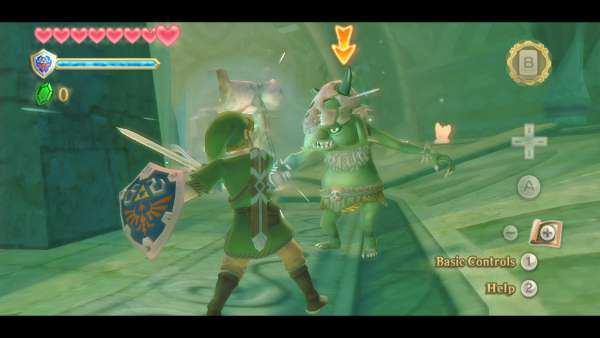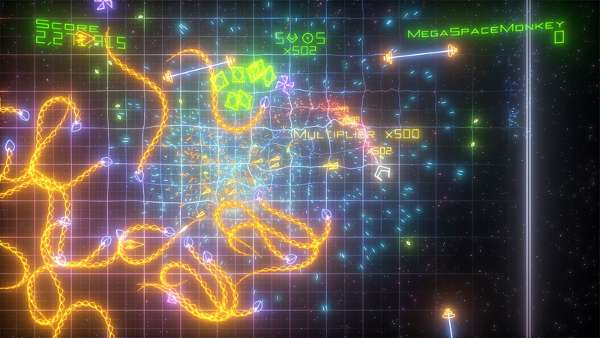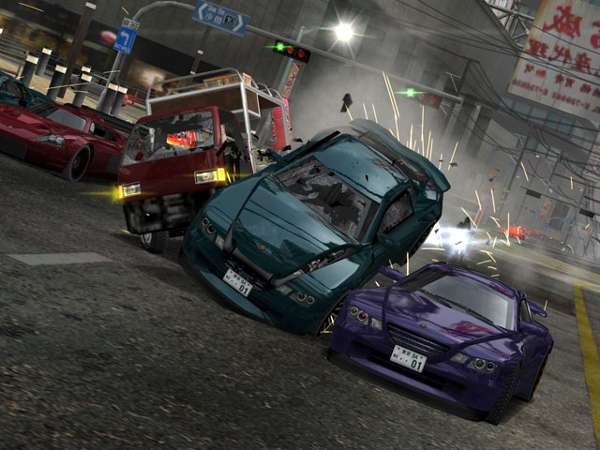
Super Murderous Bros. – about games and violence
Uncharted’s Nathan Drake being a “psychopath” was a discussion that got somewhat out of hand in the video game community. It was a suggestion that spread with meme-like efficiency, and people with limited insight cited his murderous ways as the reason for the moniker. But that’s not the whole truth. Nathan Drake was called a psychopath because he joked as he snapped people’s necks, not because he killed enemies in a video game. The game chose to engage with killing enemies on a storytelling level, and he displayed the true qualities of a psychopath – a complete lack of empathy and remorse.
The act of killing people in a video game is so common at this point that lest the game highlights it as odd, it’s part of a suspension of disbelief that gamers are fully equipped with. Games can certainly improve in that area in order to move closer to a true marriage of narrative and gameplay – The Last of Us making significant strides to reduce the bucket-of-men approach to encounters – but by and large it’s a mostly-harmless trope. It was Uncharted 2’s weird juxtaposition of casually shrugging off murder, and having its final boss point to the killing that went on, that made it into a noticeable problem.
But there’s a greater, more widespread questioning of why video games are so violent. One that is slightly less misconstrued, but perhaps similarly looking in the wrong places.

The truth is that nearly every single video game is, essentially, violent. In Super Mario Bros., Mario faces enemies that try to defeat and prevent him from making progress. They essentially want to kill him. Mario defeats his enemies and overcomes their attempts to stop him – he essentially kills them. Link kills hordes of trolls and monsters, but they disappear in a whirl of cartoony smoke, never illustrating “death” per se but certainly implying it. These games feature a stylized visual representation of violence, but they are effectively at least partially about physical conflict with one inevitable outcome. They are about killing.
It is for every degree of realism you introduce that things get more literal and weird, and with the aspirations that most developers have today, realism is largely inevitable.
But if you really think about it, it doesn’t end there. When I was younger, I never understood what Tetris had to do with building a tower. Now that I can think about it in a more abstract way I see the correlation, but as a kid, all I could see was blocks disappearing. You match blocks to form a line that is then removed, destroyed. Essentially killed.
In Breakout, you bounce a ball to break blocks. You aim at them, you hit them, and they disappear. Essentially, you kill them. Geometry Wars sees you “killing” an abundance of enemies, even though the result is a pleasing burst of particles as faceless geometric shapes are quickly destroyed. You gun down space invaders in Space Invaders, you eat guys in Pacman and you shoot birds at pigs in Angry Birds to make them – effectively – die.

Sure, some of these examples are subjected to so many degrees of abstraction that you’re probably barely on board with my reasoning any more, but gameplay is always abstract. Remove all visual cues from a game and you are left with basic mechanics that have literally nothing to do with whatever video games are dressed up as. On that level, the most common interaction you as a player have is one of addition or subtraction from the game world. This is the level on which “murder” happens. Ostensibly, none of the games I mentioned before are *violent*, but they are borne of the same factors that cause modern games to be.
As means of interaction, addition and subtraction go straight to your pleasure centre. It can almost be likened to a “power fantasy”, even as blocks chain together and disappear in a game of Lumines. They make you, as a presence in the game world, matter in a profound way. Obviously there are exceptions to this. Racing games see you overcoming obstacles by simply outrunning and outperforming them. However, for every “normal” racing game, there are five Mario Karts where you shoot each other with turtle shells. Burnout made it two entries before it added “subtraction” to the mix in Burnout 3: Takedown, and the game’s popularity soared. A cynic may cite people’s fascination with murder and mayhem as the reason for that, but deep down I think we all know that’s not the whole truth.
And aside from the occasional gamer with a morbid streak, we certainly aren’t looking for mutilated human bodies when we perform Burnout’s takedowns. Of course some games lean on being graphic – some with good reason, some without – but the crux isn’t so much one of context as one of mechanics. It’s a way to maintain stimulating gameplay interactions in a somewhat realistic context.

Heavy Rain made attempts to simulate the mundane, but people didn’t generally respond well to that game. Again, not necessarily because it wasn’t (exclusively) about murder, but because the underlying interactions weren’t inherently satisfying. The truth is that most elements of a story don’t convert well into the language of video games, and if you’re trying to avoid violent conflict, you are pushing mechanics – for better or for worse – so far into the background that they arguably might as well not be there.
And I say for better or for worse because I don’t think that needs to be a bad thing. In addition to being a fan of Heavy Rain – flaws and all – I think “video games” is a broader concept now than it’s ever been. Even though you literally just walk around, I consider Dear Esther to be a legitimate “video game”, but many wouldn’t hesitate to question that validity. There’s a commendable desire to keep games mechanics-based and merely wrap gameplay in narrative, because that has become the most popular definition of a video game. As such, by way of gameplay design, meaningful interaction will almost exclusively be dressed up as murder.

Games are getting better and better at letting narrative into every corner of their makeup, and the contrast between the leftovers of “video game” and their increasingly successful attempts at a realistic context will inevitably make murder into an awkward proposition. What I’ve tried to do here, however, is not so much defend the particulars of that effect, but rather trace “violence” in games back to where it originated and keeps originating.
So basically; rest easy. Gamers aren’t homicidal just because they like to shoot guys. If it makes you feel better, pretend they’re jumping on Goombas or removing blocks, because after a little extrapolation, that’s still all they’re doing.
Questions? Comments? Present with spring-loaded boxing glove? Hit me up on Twitter @SimonLundmark to submit any of those things.